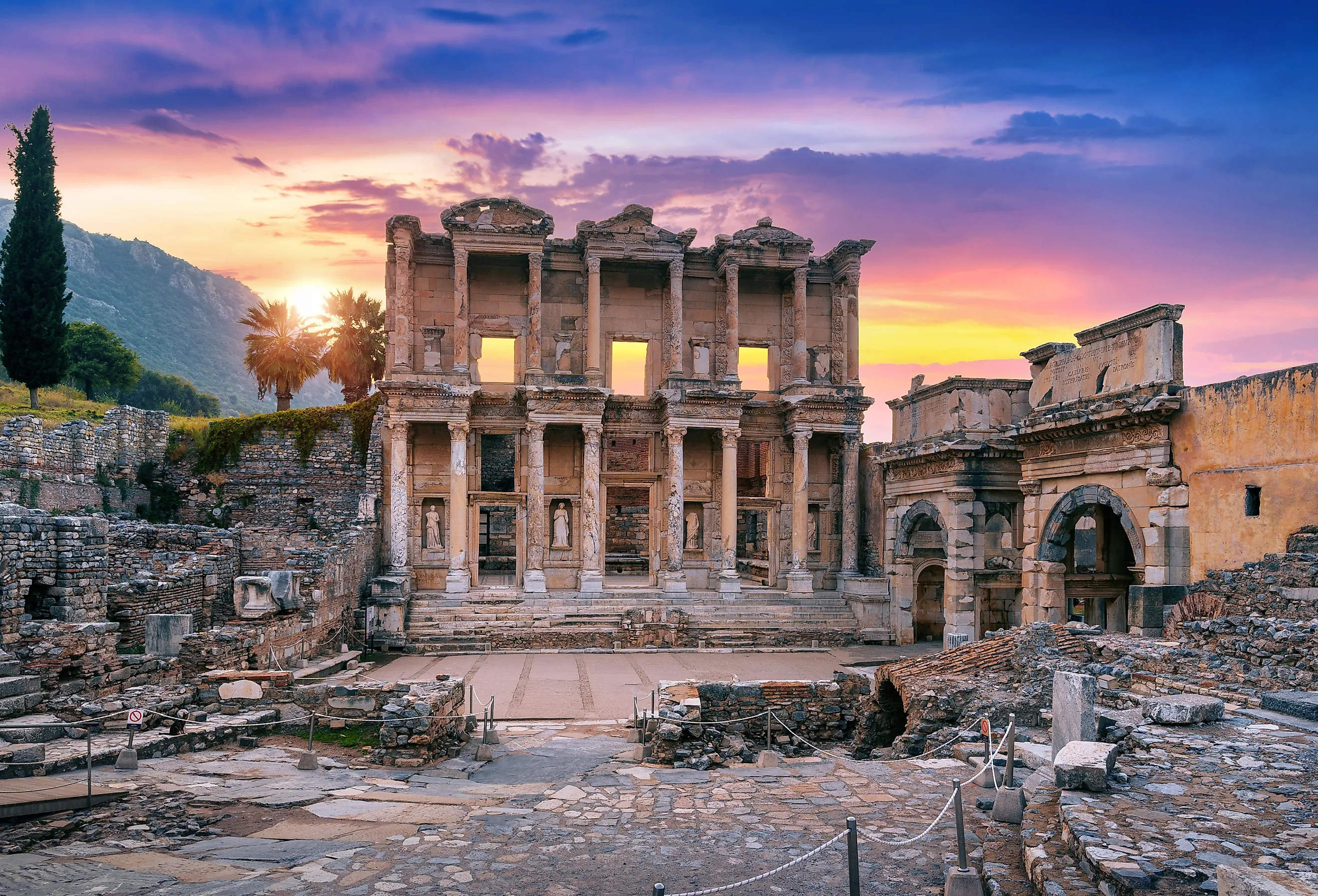
The 7 Greatest Roman Ancient Cities
Ancient Rome continues to capture the imaginations of humans around the globe like no other period in history. From its battles and architecture to incredible lost cities, it is easy to see the attractions! Roman control once stretched from Britain to Persia and was home to nearly 57 million people at a time when the world population was far smaller than it is today. For some, their fascination with the Roman Empire reaches beyond what they can explain, there just seems to be something captivating that lures inquiring minds. A recent internet trend suggested that many, especially men, are simply obsessed with the Ancient Roman period. To rein in the Roman Empire obsession, and to help in our understanding of its past, these seven cities provide helpful points of focus.
Rome
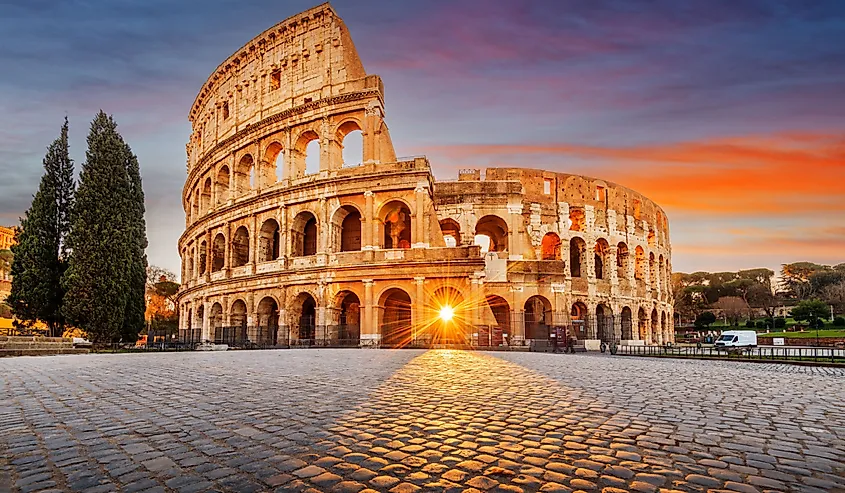
The best-known city of the Roman Empire is the metropolis of Rome. Today, with a population of nearly 2.9 million, it is the capital of Italy. Rome was also the capital of the ancient empire. As the empire grew in the final centuries BC, Rome's power and influence also grew.
Rome's royal period began in 753 BC, before the eventual founding of the republic in 509 BC. Rome was seen as the world's strongest empire for over a millennium. The geographic advantages of Rome were crucial in establishing and sustaining its power. Located on the Tiber River and the Italian peninsula, Rome had exceptional access to trade via the Mediterranean Sea. This location was later significant at a military level since the ocean and riverways enabled Roman armies to deploy troops and conquer neighboring lands. Numerous imperial ruins can be found in modern Rome which suggest how life was in these past centuries. These ruins include the Roman Forum, the Colosseum, and the Pantheon.
Pompeii
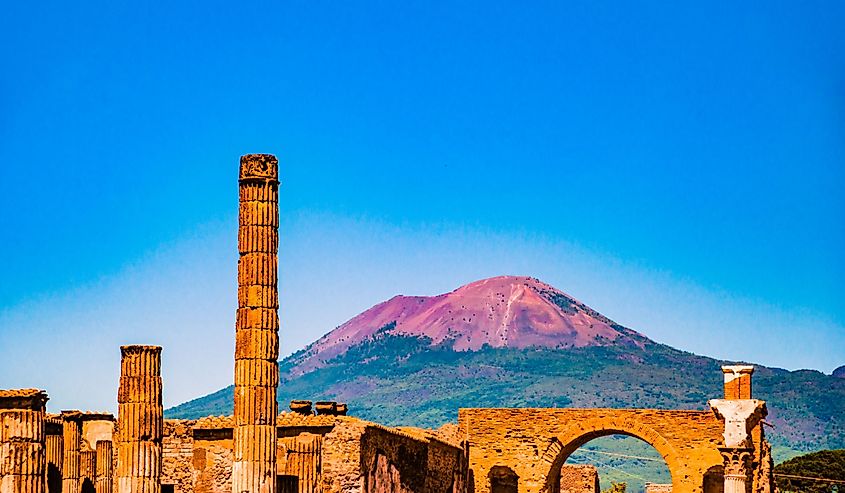
South of Rome in the modern Campania region, Pompeii ranks among Italy's most famous ancient cities. The site is unique in Roman history as the place of a catastrophic volcanic explosion that led to its demise. On August 24, 79AD, Mount Vesuvius erupted, blasting ash and debris into the air over two days. The city was covered in darkness. The eruption killed about 2,000 people. Pompeii and its inhabitants were buried alive under the volcano's effluence. Pompeii was forgotten for over a thousand years until 1592 when workers came across ruins while digging a canal. Yet no archeologists worked on the site until generations later. In more modern times, the site has yielded thousands of artifacts, including "death casts" of volcanic material that formed around the event's human victims. As much as one-third of Pompeii is still buried today!
Carthage (Tunisia)
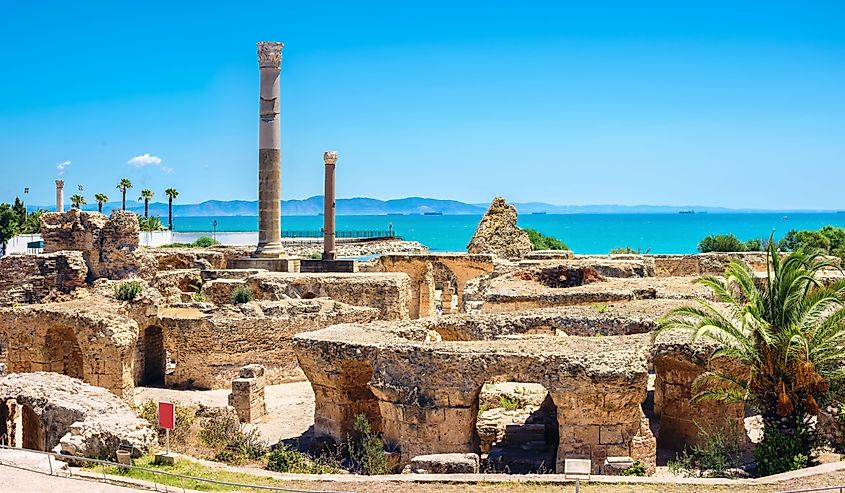
Carthage, located in modern-day Tunisia, sits in the southern part of the Mediterranean Basin and holds a fascinating history. Its name derives from the expression Qart-Hadasht, an ancient Phoenician term meaning "town" or "new city." Phoenician settlers established Carthage in the 9th century BC. After that, it expanded into a major center of maritime trade. The city's strategic location on Africa’s northern coast and its naval strength rank Carthage among the ancient world’s most significant city-states.
Carthage sustained a long rivalry with Rome that endured multiple centuries. This tension reached its height in the three Punic Wars. Carthage was ultimately defeated in 146 BC, during the Third Punic War, and was later seized by the Romans. With Carthage now under their control, Romans completely rebuilt and restored it, making it one of their empire’s most important locations. Under its later Roman control, Carthage prospered again and became renowned as a center of trade and culture. Carthage today is one of the suburbs of Tunisia's capital city, Tunis.
Antioch (Modern-day Antakya, Turkey)
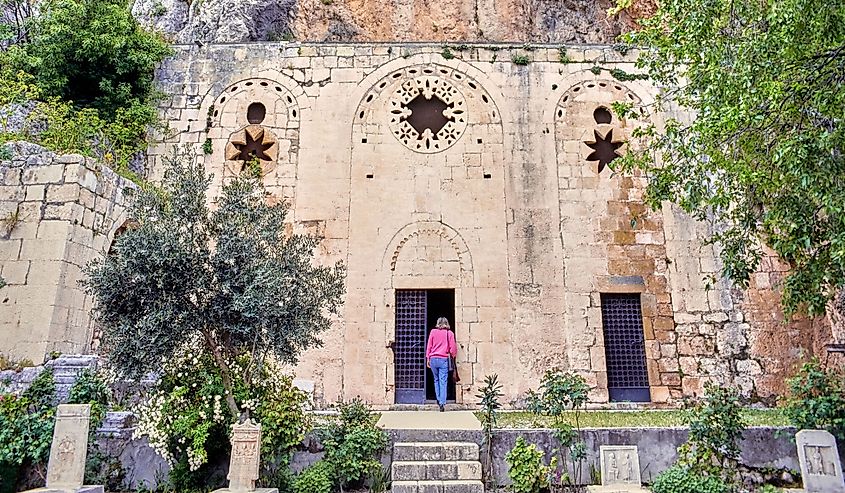
Antioch, now called Antakya, lies in Turkey’s southernmost Hatay Province. This city sits to the east of the Orontes River. Antioch was also a Roman center of religion, trade, and culture. Antioch was held in high regard for its importance in the Hellenistic (Greek), Roman, and early Christian worlds.
The Roman Empire annexed Antioch in 64 BC after which the city became a Roman metropolis. The Romans’ influence reached every part of the city, as shown by its Roman-built baths, aqueducts, temples, and amphitheaters. Antioch also welcomed various cultures and religions, mainly because it served at a crossroads between the empire's eastern and western parts.
Antioch took its permanent place in history by becoming the site where Jesus’ followers were first called Christians. The city also provided a home for the Apostle Paul during his missionary journeys, effectively making it a center of early Christianity. In modern times, Antakya celebrates its ancient legacy while adding a contemporary Turkish influence.
Ostia (Modern-day Ostia Antica, near Rome)
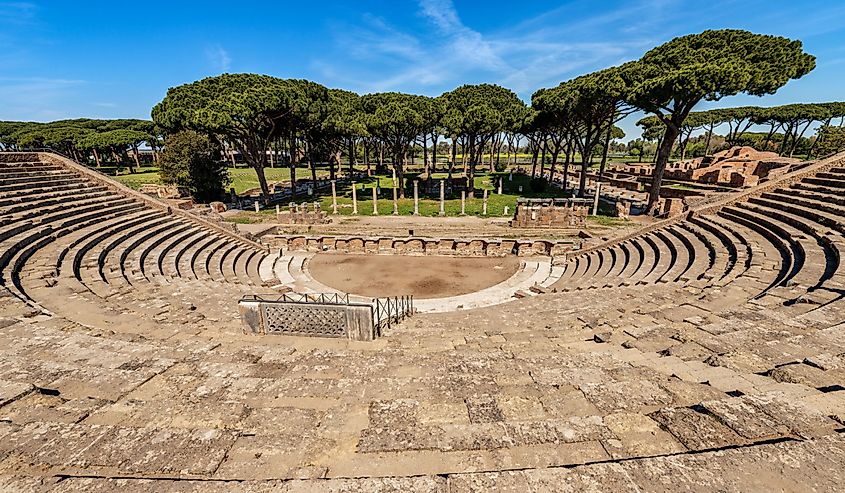
A major seaport of ancient Rome, with a population of 60,000, Ostia Antica (which means "ancient Ostia") played a vital part in the empire's travel and trade. The Romans considered Ostia their first colony. Its founding is generally credited to its fourth king, Ancus Marcius, who ruled in the 7th century BC. The town's main economic activity was the production of salt. Ostia later became a Roman naval station and served as a strategic location during the Punic Wars. The Ostia port likewise acted as a key logistics center in the Empire's grain trade.
Interestingly, Ostia Antica initially sat at the mouth of the Tiber River on the Mediterranean coast. But now, because of the natural expansion of the Tiber River delta, about 4 miles upstream, southwest of today's Rome.
Ephesus (Modern-day Turkey)
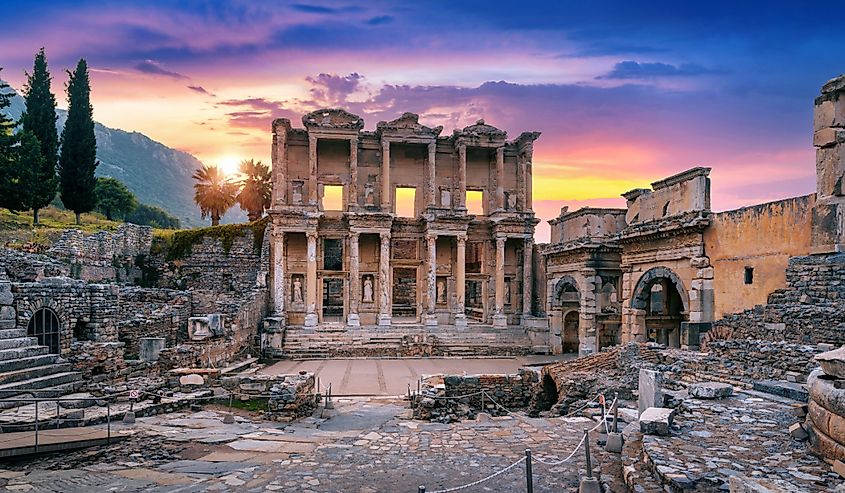
Known currently by the name Izmir, the ancient Roman city of Ephesus hosted Hellenistic and Roman settlements. Each of these evolved with the coastline, as evolved and retreated toward the west. Archeological work has unearthed monuments of the Roman Imperial period, including the Library of Celsus and the Great Theatre. Little remains of the legendary Temple of Artemis, one of the “Seven Wonders of the World” from ancient times, which attracted travelers and pilgrims from across the Mediterranean Basin. Since the 5th century, the House of the Virgin Mary, outside Ephesus, became a major destination for Christian pilgrimage. Ephesus is a strong example of Rome's best port cities.
Jerusalem (With emphasis on its Roman era)
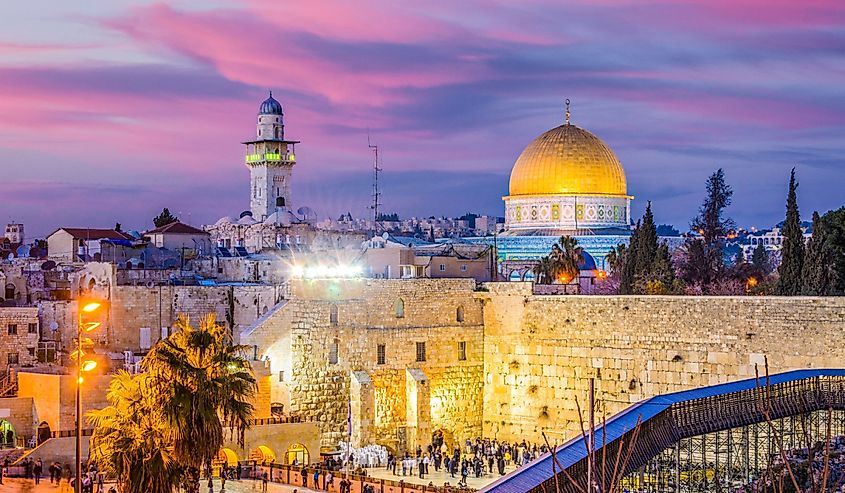
Jerusalem is located in modern-day Israel and is considered by many to be one of the holiest places in the world. Jerusalem is a site of major significance for the three largest monotheistic religions: Judaism, Christianity, and Islam -- which developed before, during, and after the Roman Empire, respectively. The Roman general Pompey overtook the city in 63 BC. Over centuries, the differences between monotheistic and polytheistic religious views caused clashes between the many faith types that are represented in Jerusalem.
Jesus of Nazareth, the holiest figure of Christianity, was crucified in Jerusalem in 30 AD when the city lay under Roman occupation. In 70 AD, the Romans destroyed the second Temple of Jerusalem, one of Judaism's holiest sites. The Roman general Titus led the Jerusalem siege, destroying many of the city's buildings. Today, the Western Wall, also known as the Wailing Wall, is the only extant trace of the Second Temple. It remains a site of prayer and pilgrimage for Jews, Christians, and Muslims alike.
The Bottom Line
Across its centuries and regions, the Roman Empire constructed many great cities. From the capital of Rome and nearby Pompeii to Carthage and Antioch on the far sides of the Mediterranean Basin, and finally to religious centers like Ephesus and Jerusalem, the Roman Empire left a permanent mark on the region's history, geography, culture, and religion, and patterns of travel. Rome's influence continued to shape life in Europe, the Middle East, and Africa, long after the empire declined. Given its enormous importance, maybe an obsession with Rome is justified after all.











